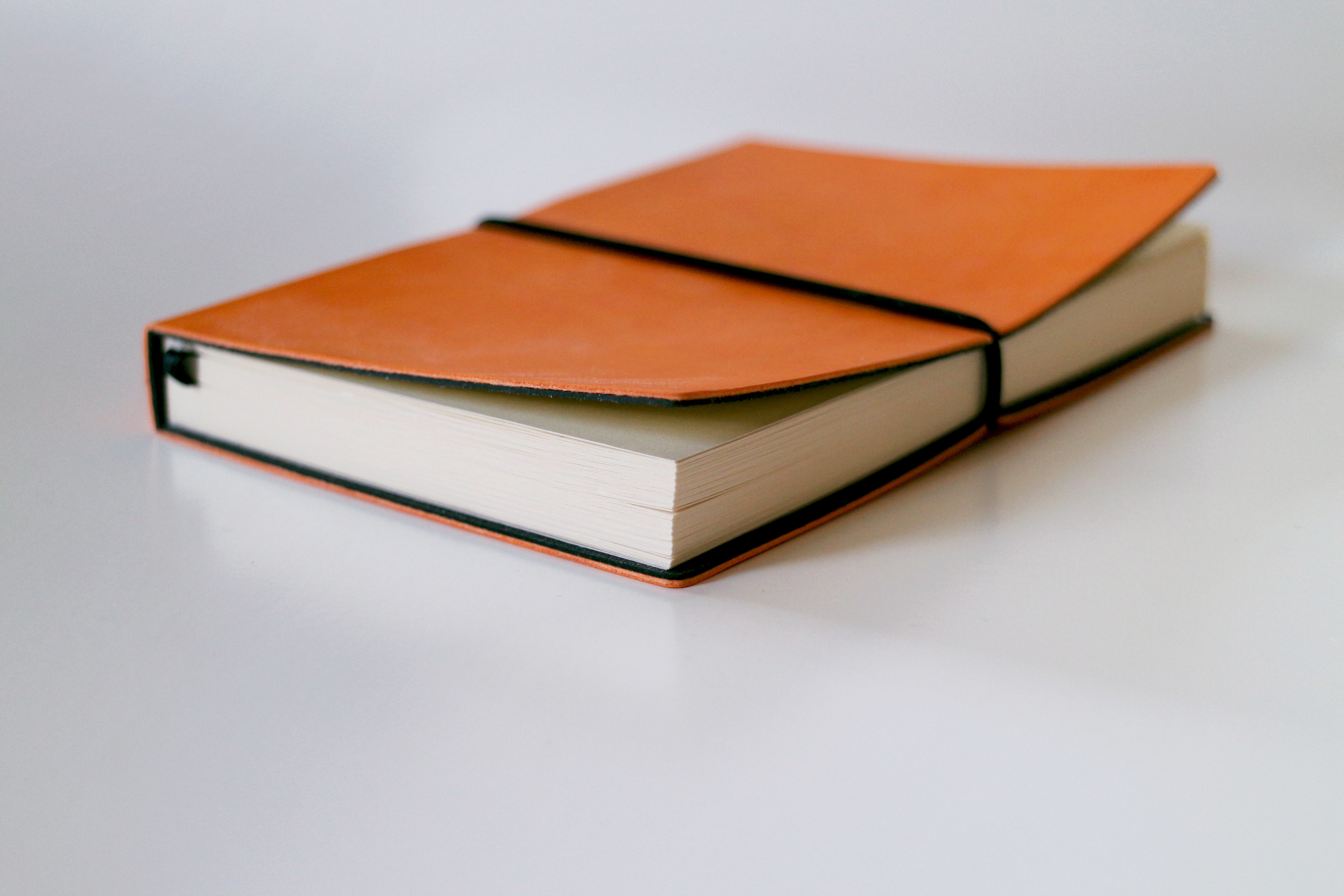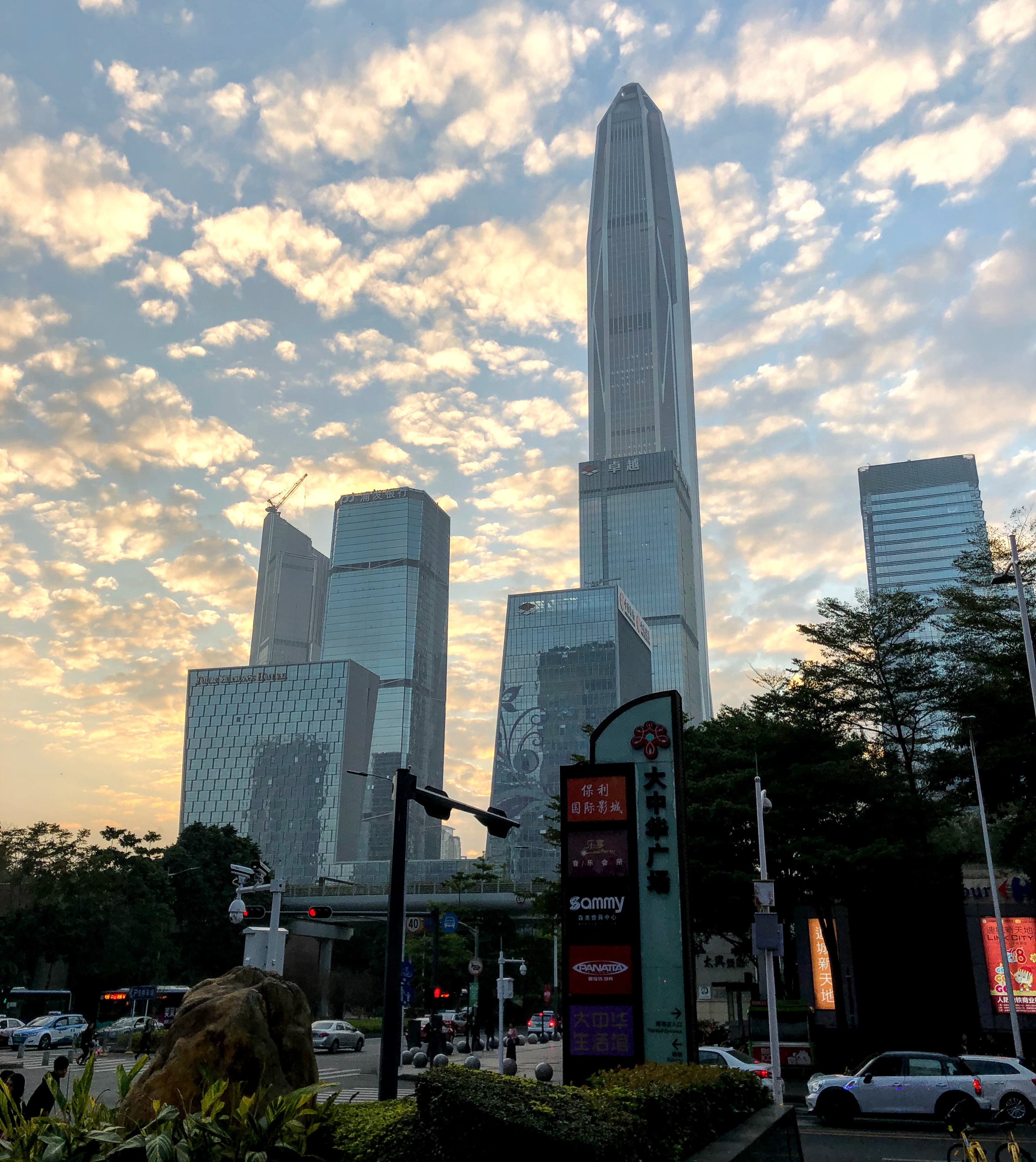Can a rights holder sue the same infringer separately based on one single infringing act that infringes both trademark and patent rights? An interesting case this year from China’s Supreme People’s Court that addresses this specific issue ((2023)最高法知民终235号).
Beijing Run De Hong Tu Technology Development Co., Ltd. (“Run De Hong Tu”) sued an individual named Li XX[1] for patent infringement based on his activities as a small retailer selling a certain sewage pipe branded as “Submarine”. In fact, Run De Hong Tu had initiated multiple similar lawsuits, primarily targeting small and micro retailers, and had been able to secure substantial compensation in these cases.
Run De Hong Tu, along with its affiliated company, Bo Rui Run Xing Co., Ltd., employed a strategic approach in their litigation activities. First, Bo Rui Run Xing reached a one-time settlement agreement with small and micro retailer Li XX over a trademark right dispute. This settlement, however, did not address any patent right issues. Li XX did not conduct any further infringement thereafter. However, Run De Hong Tu subsequently initiated a separate lawsuit against Li XX for the same sales activities, but this time alleging patent infringement.
The Supreme People’s Court (second-instance court), in its judgment emphasized that Run De Hong Tu’s conduct violated the principle of honesty and credibility and constituted an abuse of rights. The court highlighted that both Run De Hong Tu and Bo Rui Run Xing were aware that the sales activities in question infringed both trademark and patent rights, in view of their experience in IP litigations. Bo Rui Run Xing’s omission of the patent right issue in the settlement and Run De Hong Tu’s subsequent lawsuit appeared to be a calculated move to obtain additional compensation.
Furthermore, the court criticized the companies for targeting small and micro retailers instead of focusing on the source of the infringement. This approach not only increased the legal and financial burdens on the defendants but also led to an unreasonable use of judicial resources. As a result, the court dismissed Run De Hong Tu’s appeal, upheld the original judgment, and ordered Run De Hong Tu to compensate Li XX for reasonable expenses incurred in the lawsuit amounting to 1,000 yuan.
EIP Thoughts
- There’s nothing in the Chinese patent law that says one should sue the manufacturer versus the retailer, although China’s litigation system has always leaned in that direction (e.g., methods of medical treatment are not patent eligible, but claims directed to the manufacture of a medicament are patentable). This case is interesting in that the SPC clearly indicated that suing small and micro retailers is not the optimal way to uphold patent rights. Small and micro retailers may not have an obvious intent to infringe, and do not have the resources to defend themselves. Interestingly, the court decided against the patentee not because there was no patent infringement, but because of the litigation strategy. Foreign companies should definitely pay attention to this nuance of Chinese litigation.
- In the new Chinese Patent Law, New Article 20 codified guiding principles into the patent law that included statements about patent applications “following principles of good faith” and “not harming public interest or the legitimate rights or interests of others”. In this case, the court concluded that the IP rights holder was involved in “misleading settlements” and ”suing twice for the same matter.” In other similar lawsuits, the court brought up “induced infringement” and “trap evidence gathering,” as other forms of abusive behaviours which violated principle of honesty and credibility. It’s clear that such types of more aggressive litigation strategies should be avoided, or at least used cautiously in China.
- Beyond just strengthening the judicial protection of intellectual property rights, China appears to also be attempting to regulate how IP rights holders exercise their rights, with the ultimate goal of reducing unnecessary litigation cases and avoiding the misuse of judicial resources.
If you would like to have more information on this matter or would like to have our advice, please feel free to contact us at eip@eipgroup.asia.
This article is for general informational purposes only and should not be considered legal advice or a legal opinion on a specific set of facts.
-
full name redacted by the Court ↑
About the Authors

Yolanda Wang is a Principal, Chinese Patent Attorney, and Chinese Patent Litigator at Eagle IP, a Boutique Patent Firm with offices in Hong Kong, Shenzhen, and Macau.

Jennifer Che, J.D. is Managing Director and a US Patent Attorney at Eagle IP, a Boutique Patent Firm with offices in Hong Kong, Shenzhen, and Macau.





